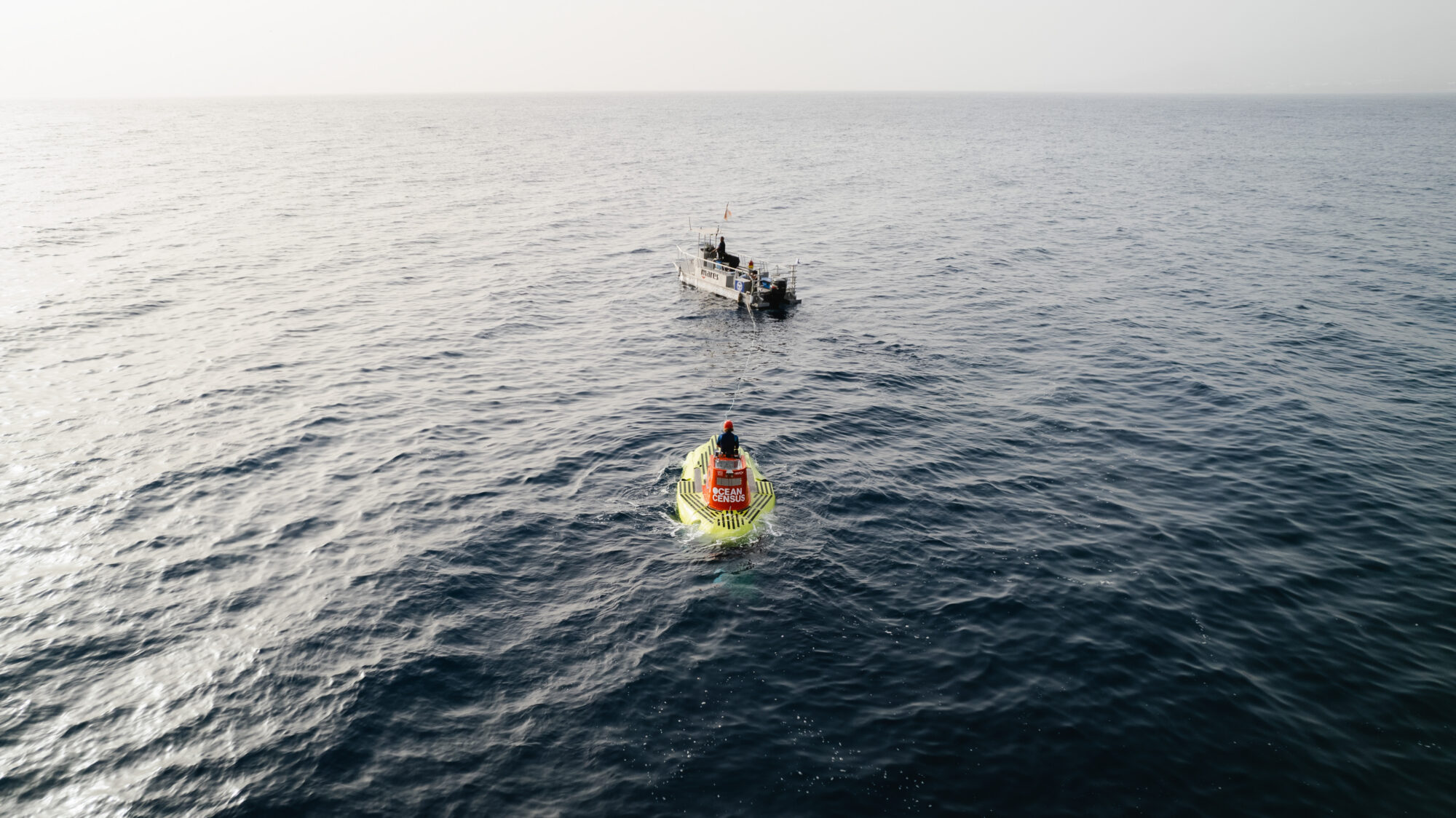

Several potentially new ocean species, not previously known to science, have been found off the Canary Islands.
Explorers from The Nippon Foundation-Nekton Ocean Census alliance are midway through a four-week mission in Tenerife to discover and protect marine life before global warming drives some species to extinction. Their work beneath the waves is already producing interesting and unexpected results.
The waters off the coast of the archipelago are known to be rich in biodiversity, but even experienced local scientists have been surprised by some of the early finds – particularly those recovered from sediment and rock samples.
However, amidst the initial elation there is a realisation that, in the face of a warming ocean, this is a race against time.

Professional divers are going out daily to take samples back to shore from depths up to 50 metres beneath the waves, in a carefully choreographed operation at a series of the most biodiversity-rich dive sites.

Finding new species is, in part, about knowing where to look – in the caves, reefs and on the ledges of this volcanic island. Sampling techniques include capturing rock and sediment in the hope of finding even the smallest life forms.
Tenerife is home to two internationally-respected taxonomists who know more than most about what lies below the surface of this part of the Atlantic.
Leopoldo Moro has described around 200 new species during his career – an impressive figure, though one dwarfed by the work of his friend and mentor Jesús Ortea, whose lifetime tally stands at 977 new species over the past half century.

Once recovered, samples are transferred to trays to allow the specimens to continue to exist as they would in sea water.
Moro’s home has been transformed from living room to laboratory and it is here that the work of identifying new species begins in earnest.
His partner and collaborator Carmen Hernanz is on hand to take small scoops of the sediment and put them under a very high powered microscope . It is only then a world of wonder is revealed.
Amongst the grains of sand and stones is life – only visible to the naked eye when magnified.
Each new find is carefully transferred to be photographed and catalogued before being passed for the expert opinion of Jesus Ortea ,whose vast knowledge of the marine environment across Macaronesia is unrivalled.

Ortea sketches the unique characteristics of the mollusc – which will form part of the final scientific description that is published in academic journals when a new species is fully described.
Then the tiny creature is passed to Moro who videos and adds images to the potential new species count of what has already been found by Ocean Census scientists assembled from across the region.

It is painstaking work, a labour of love that will go on day and night during the expedition – punctuated only by a moment to toast a potential new find
The hope is by the time the Ocean Census team leaves on December 17, the deep sea will have given up more secrets and in the months ahead an array of new species can be celebrated and added to the “tree of life”.